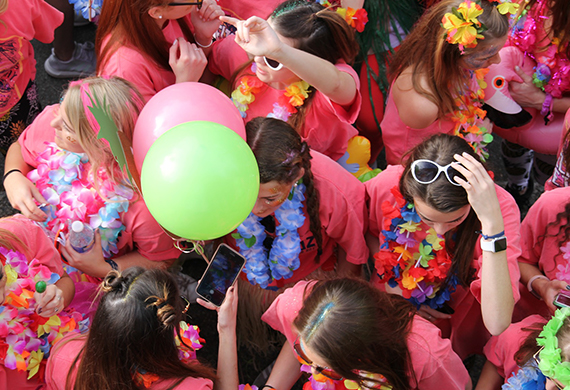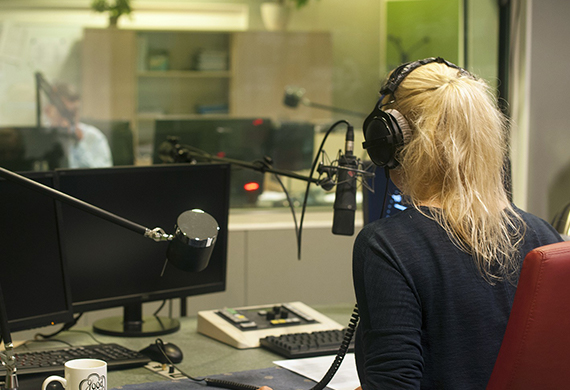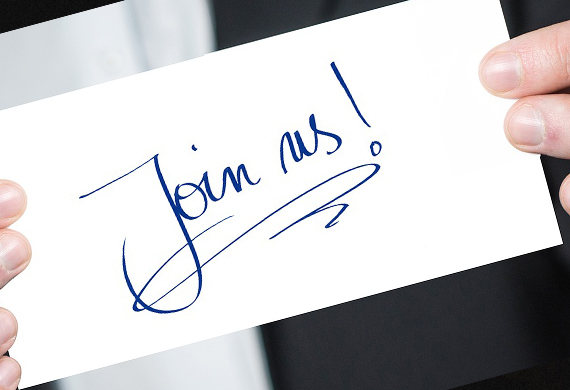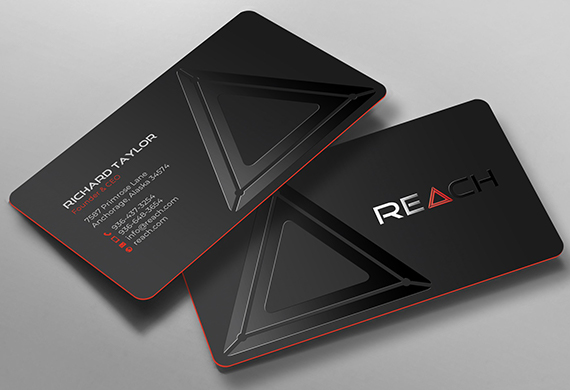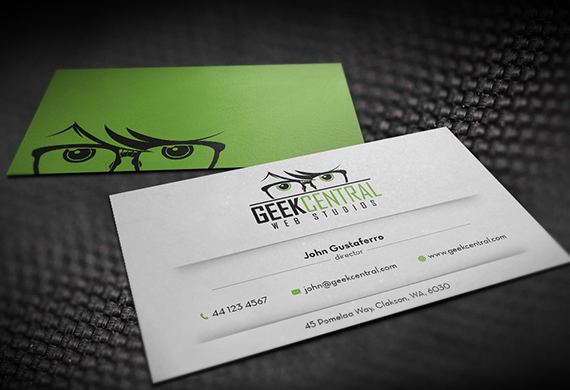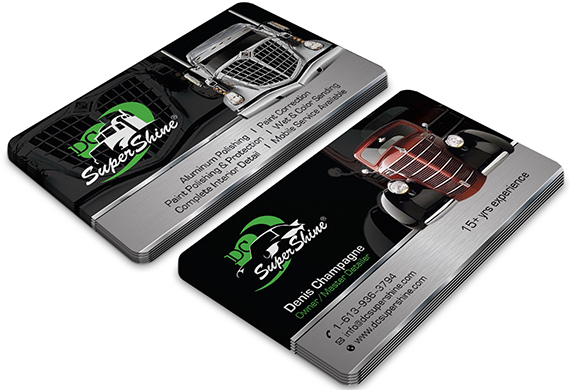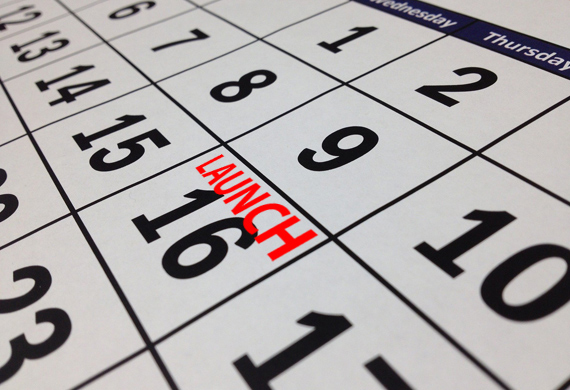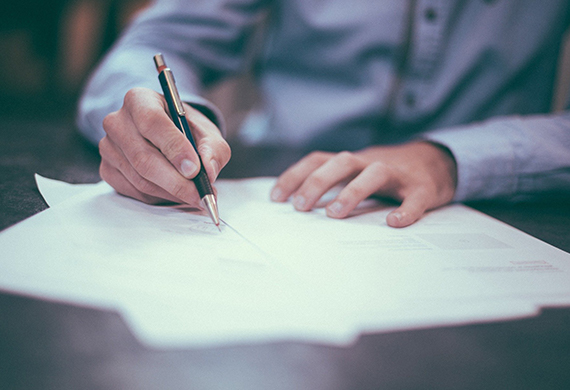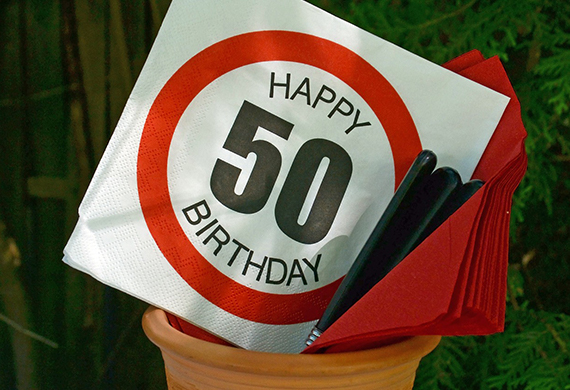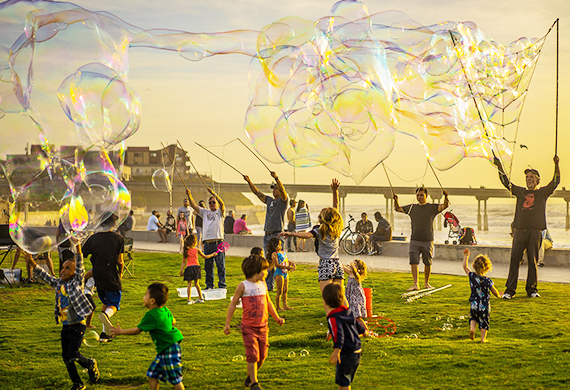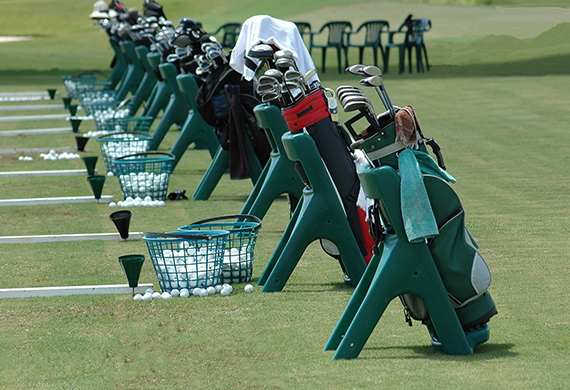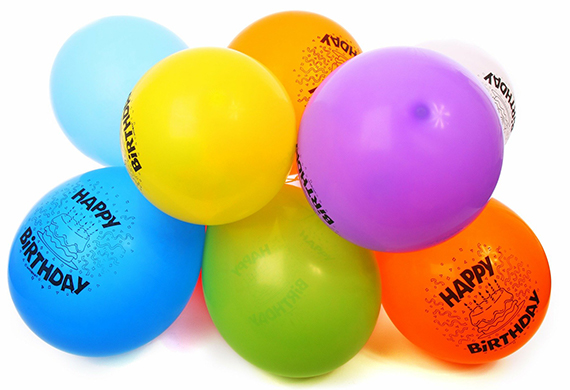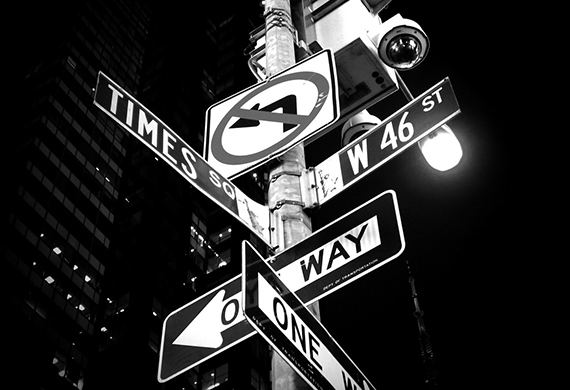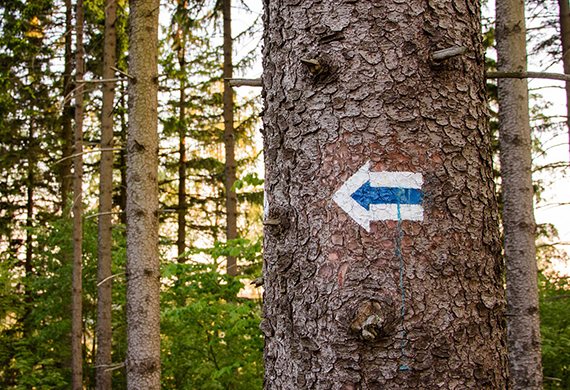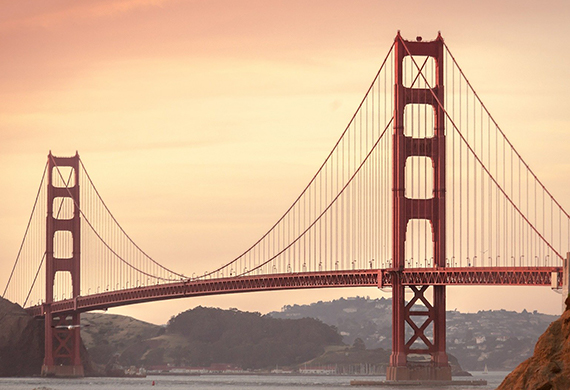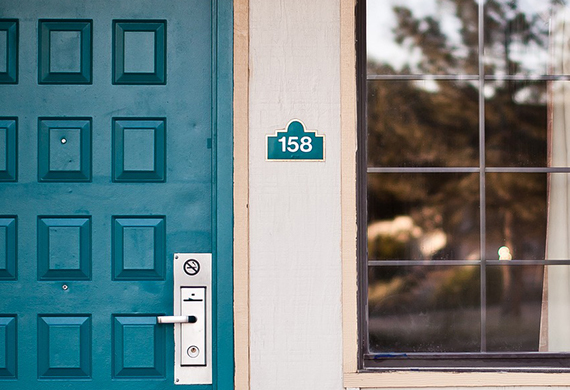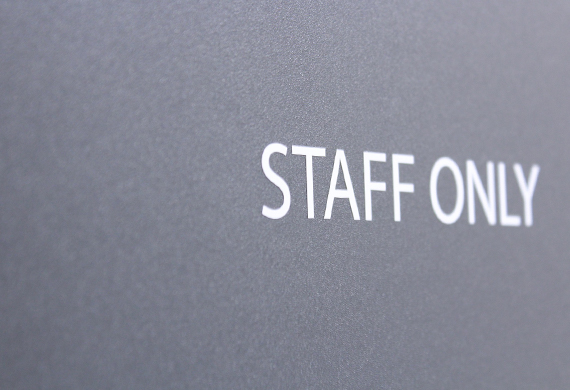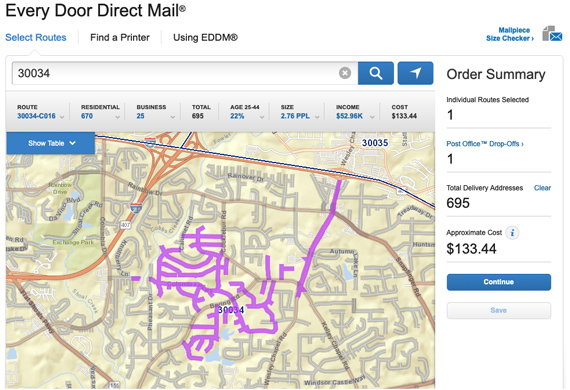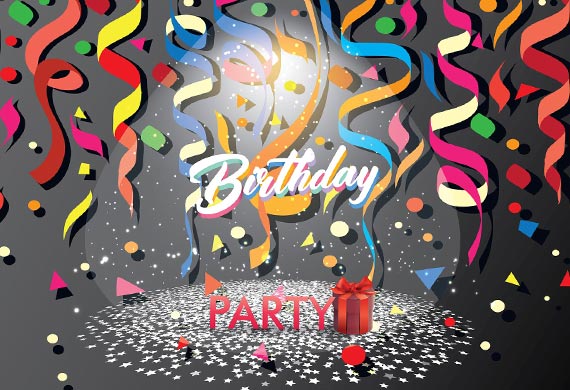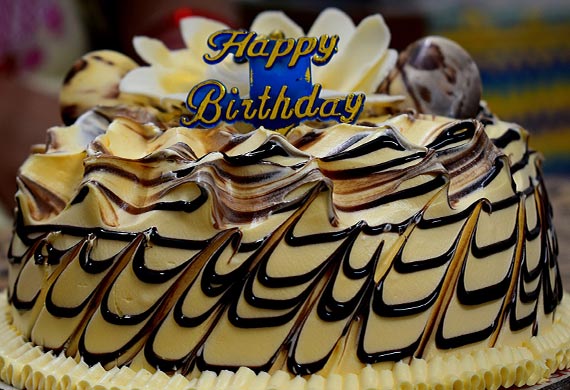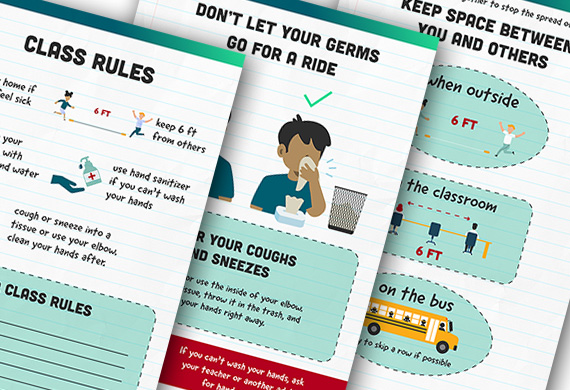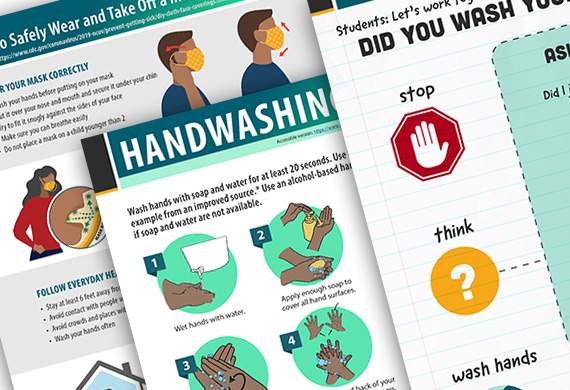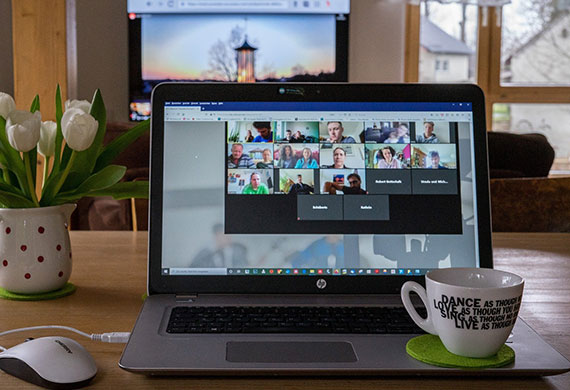Prevent wasting your efforts trying to secure employment in fields you are not qualified for. Knowing what employers are looking for and the demonstrable skills you must possess will help you land your dream job as a graphic designer.

clashgraphics.com gathered the following information about graphic design and a list of skills you should possess when applying for employment as a graphic designer.
What Are Graphic Design Skills
Graphic design could be generally defined as visual communication. Graphic design skills efficiently blend together a creative and practical understanding of multiple elements that form a specific means of communication.
Skills Required for Graphic Designers
In our visually saturated world, even the idea of applying for a new or better job as a graphic designer will require you to use all of the essential skills that make you a graphic designer in the first place. Here are some of the skills that employers consider most valuable when hiring a graphic designer:
Creativity
Creativity is one of, if not the most important graphic designer skills. It's hard to develop new ideas and innovative designs if you don't know how to fully utilize your creative resources. Having a creatively visual eye is fundamental no matter what medium you work in.
Communication
Understanding what your client wants from a design project is key to creating a successful product. In today's digital age, where everyone is individually focused on their phone screens and electronic devices, many business owners don't know how to talk to theseclients. Thus, being able to listen well, process feedback, and explain design elements—without losing your audience or getting too technical will provide you with a significant advantage.
Strategy
Strategy is an essential skill for most jobs but becomes increasingly relevant for designers. First, designers need to develop a strategy for how they tackle a brief. For every brief they work on, designers should have a readymade strategy in place to make the process as efficient as it can be.
Problem Solving
As well as being a fundamental life skill, problem-solving is actually a crucial part of what a graphic designer does in their day-to-day working life. Problems for graphic designers come in the form of customer feedback/requests for alterations, and the problem solving appears when you come up with appropriate revisions.
Adobe's Creative Apps
Experience using technology is already a fundamental graphic design skill. Knowing how to use Adobe's creative software - specifically Adobe Illustrator, Photoshop, and InDesign is a base requirement for the majority of available graphic design jobs.
Presentation Delivery
Graphic designers are essentially storytellers. So, the ability to take complex data and present it in a clear, understandable way to customers, clients, and others will make you a significantly more valuable employee.
Typography
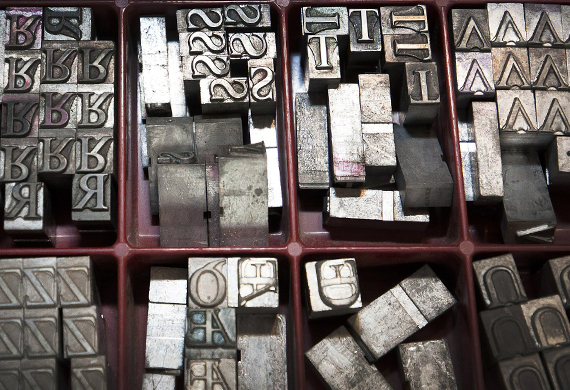
Typography is a fundamental part of any graphic design skills list. When we say typography, we’re referring to any skills related to typography that a graphic design may use - from picking the right font for a project to really getting into the fine details of typesetting with alignment, kerning, and leading.
Designing for Print
Your ability to make written language legible and appealing possesses more importance today than any other period. Even the most novice of designers should be well-versed in the two types of printing, offset and digital. They should be familiar with the terminology associated with printing (bleed, crop, fold marks) and print production (ink limits, dot gain, and transparency).
In addition, aspiring graphic designers should be familiar with paper sizes established by the International Organization for Standardization (ISO), which developed the ISO 216 and was adopted by many countries as a standard. Paper sizes range from A0 to A10. Though, designers should be aware that these standards aren’t commonly used in the USA. Instead, legal, letter, executive, tabloid, or ledger sizes are used. A designer must also understand and know how to choose appropriate paper weights, paper stocks, and embellishments. For more reading on paper options, read clashgraphics.com/printing-tips/paper-quality-and-type/
Coding Knowledge
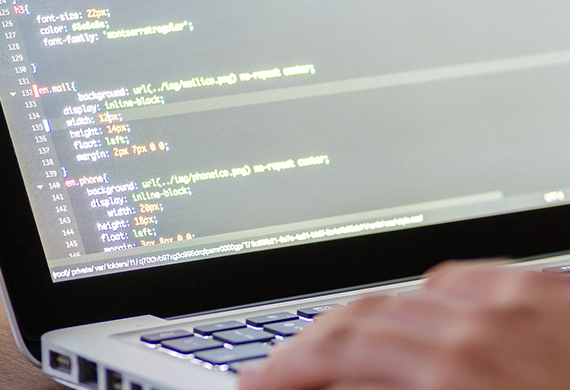
You will not be required to be a coding expert for most graphic design jobs, a basic understanding of HTML, however, is important as it teaches you how to understand the work that is invested into creating and building a website.
Interactive Media
Interactive forms of media include design products that actively engage users through mediums such as text, moving images, animation, video, audio, or even video games. You should be exposing yourself to as many different types of media as you can.
Branding
This business skill is critical for graphic designers. Indeed, to understand/comprehend a client's needs, you must first understand their brand.
Branding is a fundamental part of graphic design and there are entire agencies devoted just to branding. For that reason, it’s a vital skill for a graphic designer to possess. A brand, put simply, is a set of ideas a company or its products represents in people’s minds.
Read more about what graphic designers make, the different software they use, and some pro portfolio tips at clashgraphics.com/printing-tips/graphic-designer-salary-software-portfolio-tips/
Graphic Design Skills Needed to Be A Designer
In this article, you discovered information about graphic design and the skills you will need when applying for that new or better employment opportunity as a graphic designer.
When you unite the multiple skills required for graphic design, you increase your value to the work market and significantly decrease the chance of being unemployed for any substantial time.
Poor graphic design skills or technical unfamiliarity can lead to rejection by employers and a severe lack of interview calls or requests.
Sources:
rasmussen.edu/degrees/design/blog/graphic-design-business-skills/
ucblueash.edu/content/dam/refresh/blueash-62/documents/students/services/career-services/Sample-resumes/EXAMPLE%20Graphic%20Design.pdf
Clash Graphics Print Shop Atlanta Flyer Printing
2233 Peachtree Rd NE Ste 202 Atlanta, GA 30309
(678) 235-3464
To view the original version on Clash Graphics, visit: https://www.clashgraphics.com/printing-tips/essential-graphic-design-skills/

